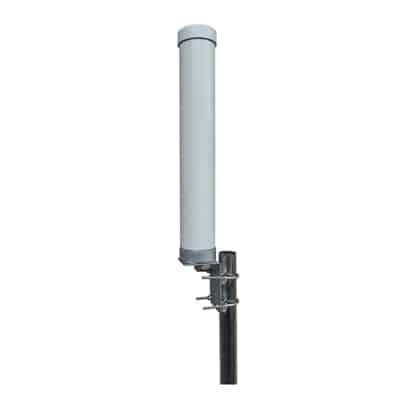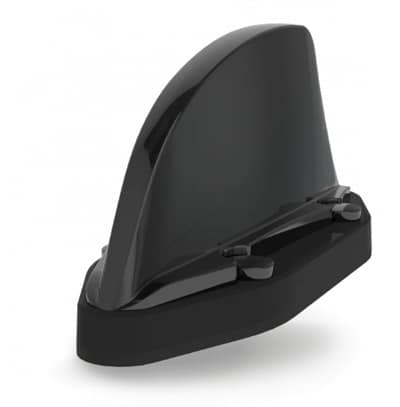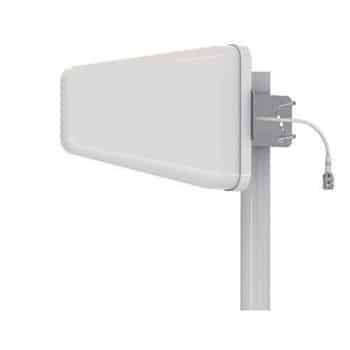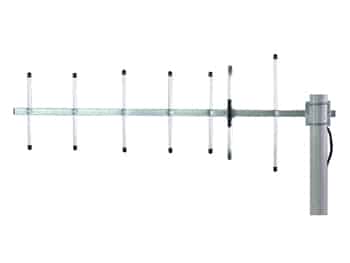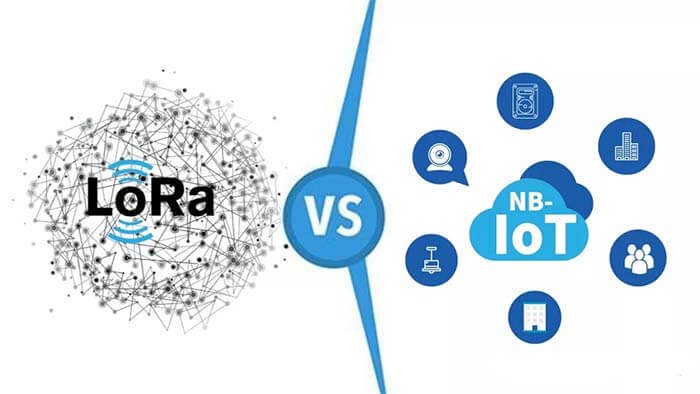
Among Low-Power Wide Area Network (LPWAN) technologies, LoRa & NB-IoT are the front-runners. Both technologies have their own advantages and unique properties, allowing them to coexist and grow simultaneously. This article evaluates both technologies and why they can be game changers for the next decade of IoT implementations.
Table of Contents
ToggleCellular vs. Non-cellular LPWAN
Since the concept of IoT was realized, communication technologies have come a long way. Starting from 2G/3G, IoT and M2M communication was always in need of cheaper, long-range, and sustainable alternatives. LPWAN technologies answer to such a demand.
Initially, LoRa, Sigfox, and other non-cellular technologies were the first to introduce LPWAN IoT connectivity. Soon enough, cellular technologies caught up to this vast untapped market through technologies like NB-IoT and LTE-M. Cellular technologies are provided by the existing cellular network providers and, as such, are quite different in terms of technical specifications and business models.
However, cellular and non-cellular LPWAN technologies have a common market to target. There are many unique applications where both groups can coexist except for the overlap applications where slight trade-offs are acceptable to add more value to the end application.
What is NB-IoT?
NB-IoT is an answer from cellular network providers to growing IoT/M2M demands. Narrowband Internet of Things, or NB-IoT, is a radio technology added to the LTE infrastructures specifically for indoor/outdoor low-bandwidth and low-power needs. NB-IoT is a licensed protocol that usually charges more for implementation compared to non-cellular technologies.
NB-IoT is most preferred as a solution when there is a huge fleet of devices to connect. It offers a deep penetration to provide connectivity indoors or outdoors while also being easily implemented by leveraging existing cellular infrastructures.
NB-IoT’s Noncellular Counterpart: LoRa
The second technology that is leading the race between LPWAN technologies is LoRa. As covered in depth previously, LoRaWAN is a long-range network with LoRa as a proprietary radio technology. Unlike NB-IoT, LoRaWAN does not operate on a licensed cellular band, making it an inexpensive choice.
LoRaWAN can be a private or a public implementation based on the end application, and various network providers can help a user implement it. Without the advantage of existing cellular architecture, LoRaWAN may need initial network setup efforts and planning. Additionally, LoRaWAN has a handful of other advantages over NB-IoT, as given below.
Differences between LoRa & NB-IoT
These most dominant LPWAN technologies are definitely unique in their applications and implementations. Here is a summary of the major differences between both technologies:
1. Ecosystem
NB-IoT is standardized by GSMA and 3GPP (3rd Generation Partnership Project). These associations set up a standard protocol for all cellular technologies and communication devices. On the other hand, LoRa Alliance is the community that supports LoRaWAN. LoRa Alliances is a community of partners that work together to improve LoRa and make the technology impactful.
2. Bandwidth
NB-IoT operates in 200KHz bandwidth while LoRa operates on 125KHz and 250KHz. The bandwidth of these technologies allows them to serve LPWAN applications.
3. Frequency spectrum
Being a cellular LPWAN technology, NB-IoT operates in a licensed frequency band, unlike LoRaWAN. LoRaWAN operates in the ISM (Industrial, Scientific, & Medical) frequency spectrum. Allowing network operators and IoT device manufacturers free access.
Against NB-IoT’s use of LTE frequency bands, LoRaWAN uses 868MHz frequency in Europe, 915MHz frequency in North America, and 433MHz frequency in Asia.
4. Maximum data rate
In this factor, NB-IoT outperforms LoRaWAN as an ideal technology for many products. NB-IoT offers a 200Kbps data rate, while LoRaWAN, its non-cellular competitor, only provides a 50kbps data rate. As such, NB-IoT can support low-latency IoT applications much better than LoRaWAN.
5. Payload length
While both technologies allow unlimited messages a day, the maximum payload capacity of both technologies differs substantially. NB-IoT offers a maximum payload length of 1600 bytes compared to 234 bytes of maximum payload with LoRaWAN.
6. Communication range
Despite common misconception, non-cellular technology LoRaWAN offers a higher communication range than cellular communication technology NB-IoT. NB-IoT offers a range of 1km in urban and 10km in rural areas. LoRaWAN can offer a 5km range in urban areas and 20km in rural areas.
7. Susceptibility to interference
LoRaWAN is quite immune to any interference despite the long range. However, the case with NB-IoT is not the same as it is proven more susceptible to radio interference.
8. Adaptive Data Rate
LoRaWAn has a unique advantage over NB-IoT as it offers an adaptive data rate. ADR allows the LoRaWAN network server to control the data rate, transmit power, and other such transmission characteristics. ADR can further optimize the power consumption for IoT applications.
What can Tesswave do for you?
Tesswave provide 100+ antenna products and you can contact us for antenna customized solutions, get in touch with us today to get a Free quote.
Get an Instant Quote
Get a FREE quote and we will contact you within an hour
NB-IoT or LoRa: Which one should you pick?
Both technologies have clear differences, making them a unique fit for different applications. For starters, LoRaWAN offers lesser power consumption, low implementation cost, and longer battery life. LoRaWAN offers all these advantages with the same coverage and bandwidth. So LoRaWAN is suitable for IoT sensor applications where long battery life and communication are most critical.
As for NB-IoT, it offers better security encryption with 256-bit 3GPP than LoRaWAN’s AES 128-bit encryption. NB-IoT also offers lower latency than LoRaWAN, allowing it an edge when it comes to real-time applications. These characteristics make NB-IoT a good choice for applications where low latency, security, and indoor penetration can be valuable.
Here is difference between LoRa and Sigfox if you are interested in, they are also two popular LPWAN technology in the market nowaday.
How to implement LoRa or NB-IoT technologies
The implementation of cellular and non-cellular technologies is quite different. Deploying cellular LPWAN technologies is very rigid for an end user. It’s because NB-IoT requires a cellular network infrastructure. These networks are out in public through the same cellular towers as 4G/LTE. It is not easy to expand cellular towers, and it adds enormous costs to do so.
In contrast to such network limitations of NB-IoT, LoRaWAN is very easy to deploy in public or private. LoRaWAN infrastructure can be implemented indoors or outdoors based on the use case. Furthermore, it is easier to modify or scale up the LoRaWAN infrastructure as needed over time.
62 countries already have NB-IoT connectivity rolled out, while LoRaWAN is ahead in this race with deployments in 181 countries. LoRaWAN is said to have over 240m node devices and 3.2m LoRaWAN gateways in the ecosystem already. As such, LoRaWAN implementations are easier, and one can find relevant guidance or references within the community.
Summary
It is safe to assume that both of the prominent LPWAN technologies will grow astonishingly over the next few years. These upcoming developments will define the future of NB-IoT and LoRa. If you are still wondering, connect with us, and we will help you pick the right technology solution for your needs.

